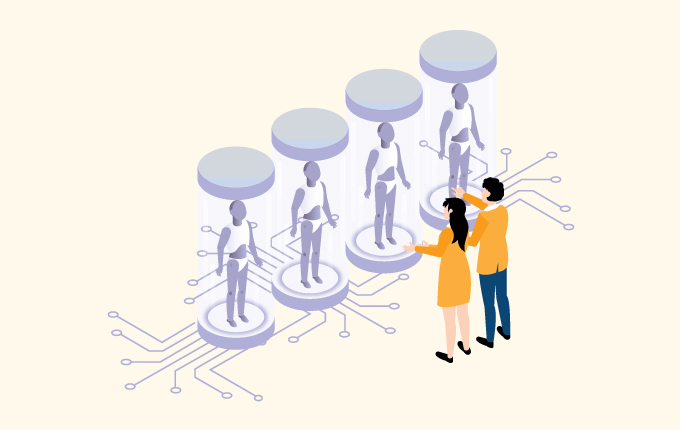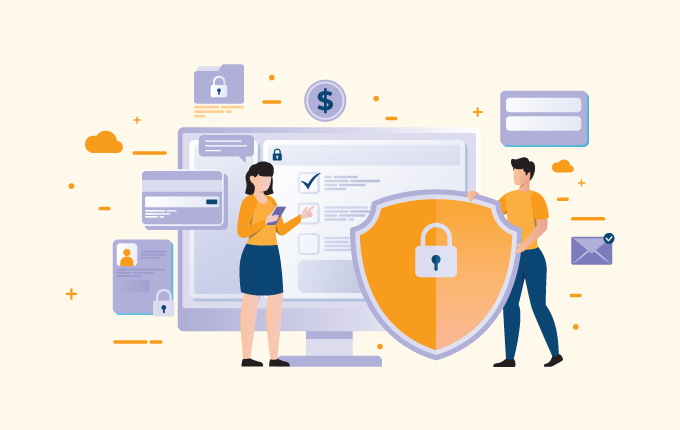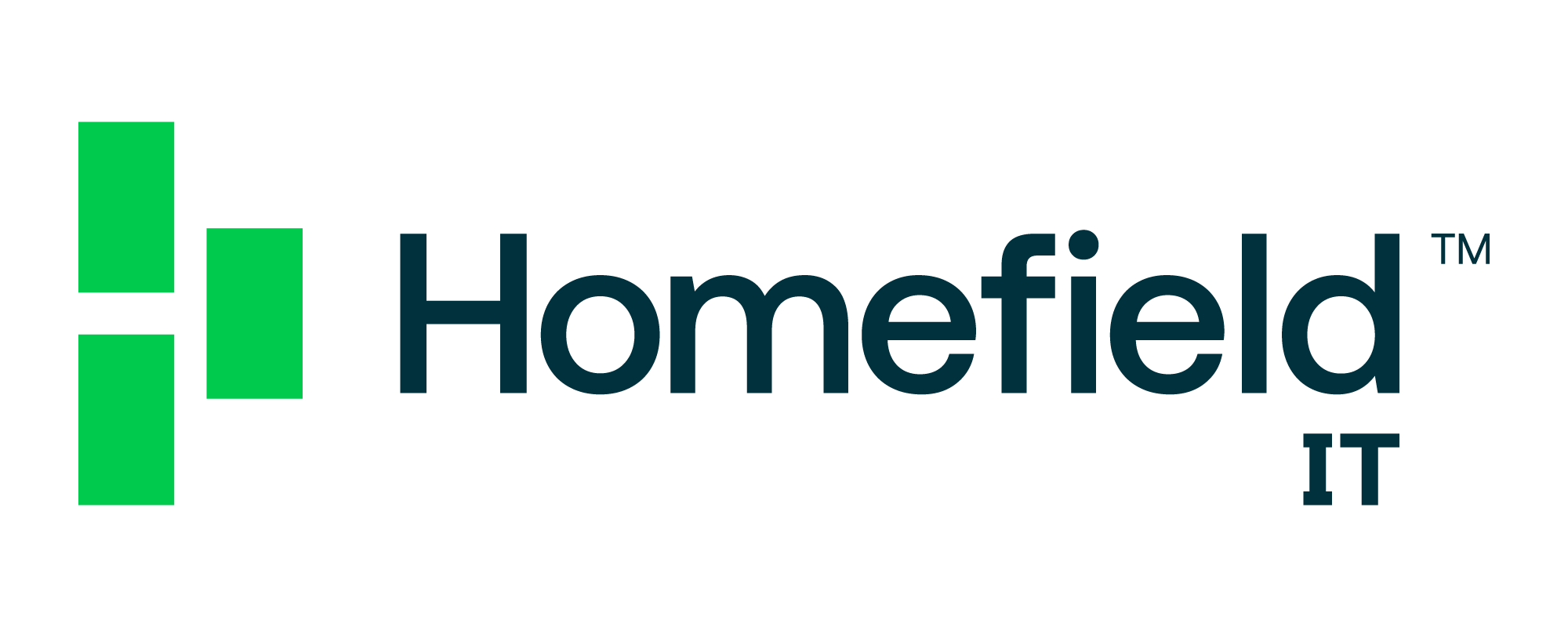SecurityCloud ServicesIT Consulting & StrategyTech Support & Managed IT ServicesFinanceConstructionEducationHealthcareLegalReal Estate
Ransomware attacks can do enormous financial damage to business and organizations. Learn how to protect yourself and avoid being another victim.
The WannaCry attack of 2017 made ransomware front page news. The attack infected hundreds of thousands of computers worldwide, including systems at FedEx, Renault, Nissan, and Spanish telecommunications firm Telefonica. In Asia, where legacy software made networks even more vulnerable, the damage was even greater, affecting Japanese electronics maker Hitachi, a prominent Korean theater chain—even the Chinese government admitted that they’d been affected. The total damage done by this one attack is projected to reach upwards of $4 billion.
What exactly is ransomware? It’s a type of malicious software that generates direct revenue for hackers by holding computer data hostage until the user pays a fee, or “ransom,” to unlock the hijacked information. Older versions of ransomware, often disguised as misleading applications or fake antivirus software, could sometimes be removed without doing permanent damage to a system. The latest generation of ransomware, which includes WannaCry, uses unbreakable encryption technology to encode the data on a computer or server before demanding the ransom, which means that the data is unreadable and potentially lost for good unless decoded by the hacker.
Although ransomware attacks like WannaCry that affect 150 countries at once are still rare, ransomware attacks on businesses are becoming much more common, increasing in frequency by three-fold in 2016 alone, according to cyber security firm Barkly. The frequency of these attacks is predicted to continue increasing throughout 2017.
[button text=”Get Help With Your Company’s Security Strategy” target=”_self” link=”/managed/” type=”primary” size=”lg”]
The cost of these attacks to businesses can be great. In one of the higher-profile cases in recent history, Hollywood Presbyterian Hospital was forced to pay over seventeen-thousand dollars in ransomware fees in order to wrest control of its computer network back from a ransomware attack. Though this attack made big headlines, the damage incurred was small compared to other attacks, like the one at the Orange County Transportation Authority (OCTA) in California. After a ransomware attack crippled their email, voicemail, and payroll systems, OCTA management decided to not pay the $8500 dollar fee demanded by hackers and instead remove the offending code themselves. Ultimately this decision cost the agency $660k in lost productivity and emergency support costs. The aggregate damage inflicted to the global economy by this type of ransomware attack is enormous, measuring in the tens of billions of dollars per year by some estimates.
Complicating the situation is that ransomware is a constantly evolving threat, which makes decisive victory over it virtually impossible. On the dark web, “ransomware as a service” packages are proliferating, putting the capacity to create and spread new ransomware variants into the hands of malevolent amateurs. Elsewhere, profit-sharing networks have emerged to help split the revenue generated between programmers and their henchmen who spread the malware for them. On the horizon, experts have identified a new form of ransomware called “doxware,” which not only encrypts your company’s data but uploads it to a remote server and threatens to release it publicly unless a fee is paid.
What’s the FBI’s best advice for companies? Decide for yourself the best way to proceed. That means once infected, either revert to backed-up data, contact an information security firm for assistance, or pay the ransom and hope the hackers decrypt your data, which is far from guaranteed. The fact of the matter is that there’s very little law enforcement can do to help your business once you’ve become infected.
The only option is for companies to be extra-vigilant when securing their networks and applications, a complex and time-consuming task. Effectively preventing ransomware infection demands a holistic approach to network security, in which each vulnerability or “attack vector,” is secured using the latest technologies and expert know-how.
At the bare minimum, we recommend companies take the following steps to help stay ransomware-free.
- Ensure a monitored onsite and offsite backup solution is in place
- Create and keep track of unique passwords for each of your services.
- Remember to treat unexpected emails with caution
- Don’t click on unfamiliar links or attachments
Of course, ensuring total network security is a more much more complicated affair that requires staying current with the newest ransomware threats and anti-malware technologies. In almost all cases, the ideal solution is to find an IT services partner you can trust who has the expertise to secure your network against ransomware threats, like ManhattanTechSupport.com. We’ve managed thousands of computers and servers throughout greater New York City and we’re proud to say that none of them have been successfully infected by a ransomware attack.
Do you want help achieving more comprehensive network security to protect against ransomware infection? Contact ManhattanTechSupport.com and learn more about how we help businesses in New York City stay safe from ransomware.
[button text=”Get Help With Your Company’s Security Strategy” target=”_self” link=”/managed/” type=”primary” size=”lg”]
 June 21, 2017
June 21, 2017 Manhattan Tech Support
Manhattan Tech Support




